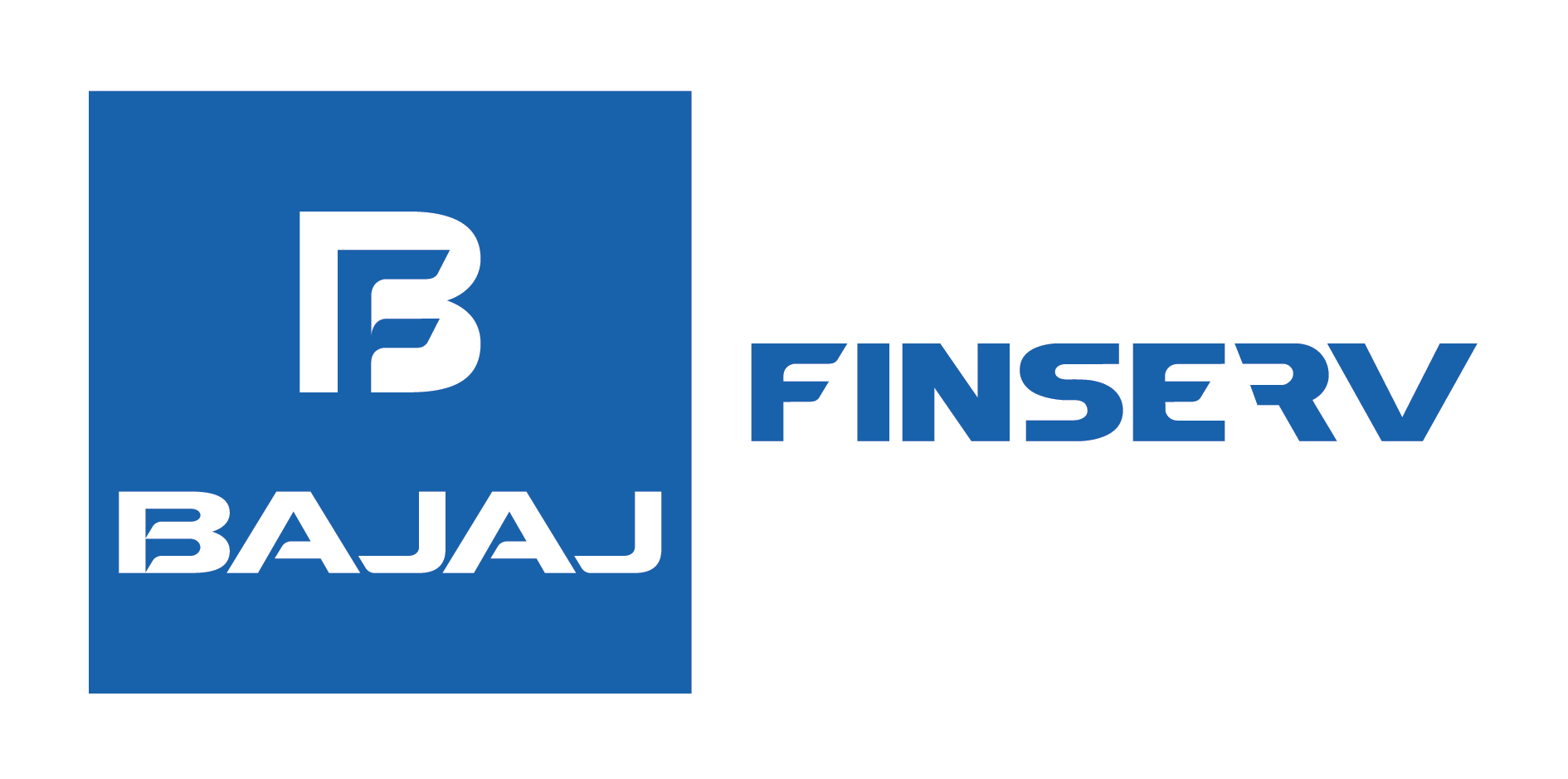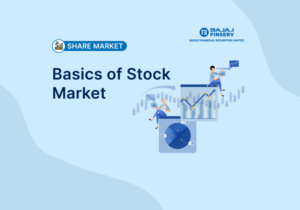Last Updated on September 18, 2023 by BFSLTeam BFSLTeam

In recent years, the popularity of bonds in India has been steadily increasing. The driving force behind the surging popularity of this unique financial instrument is retail investors. Traditionally, large institutional investors like mutual fund houses, banking institutions, venture capitalists and pension funds were the primary participants in the bond market. However, thanks to the sustained efforts of the Reserve Bank of India (RBI) and the Securities and Exchange Board of India (SEBI), retail investors have started to invest heavily in bonds.
If you, like many other retail investors, are planning to invest in bonds in the future, you need to be aware of the different bond market types. This way, you can make a well-informed investment decision in line with your financial objectives. That said, before we take a closer look at the different types of bond markets, let’s first quickly go through the concept of bonds.
Table of Content
What are Bonds?
Bonds are debt instruments that are typically issued to borrow funds from investors. In exchange, the issuing entity promises to pay interest on the borrowed funds at a certain rate till the end of a predetermined tenure. Once the said tenure ends, the issuing entity is obligated to repay the borrowed funds to the investors.
Companies, municipalities, corporations and even governments issue bonds regularly. By purchasing bonds, investors can gain access to a consistent income source in the form of interest payments on their invested capital. Since bonds provide a fixed income throughout the specified tenure, they’re often considered to be less risky compared to stock and other equity-related investments.
What is a Bond Market?
Now that you have a good understanding of what bonds are, let’s get into the specifics of a bond market before proceeding to get a closer look at the different bond market types.
A bond market is a marketplace where investors purchase and sell bonds and other debt securities. Depending on the type of bond market, the exchange of securities can happen either between the issuing entity and the investor or between two investors.
Earlier, trading bonds required the investors to meet physically to exchange the bond certificates. However, with the advent of the demat account, the practice has almost faded away. Thanks to electronic trading, the bond markets have now moved online, enabling you to purchase and sell debt securities anonymously from anywhere in the world.
What are the Different Types of Bond Markets in India?
The bond market can be broadly classified into two types – the primary market and the secondary market. Here’s a more detailed overview of each of these two types of bond markets.
Primary Market
Also known as the new issue market, the primary market is where newly created bonds are sold to the investors for the first time. Here, the exchange of bonds happens between the issuing entity and the investor. The funds the issuing entity gets by selling bonds via the primary market are used to fund its business activities and projects.
One of the examples of the primary market is RBI Retail Direct, which is an electronic platform where newly issued government bonds and securities are sold to retail investors. Once the newly issued bonds are sold through the primary market, they’re listed on exchanges, much like stocks.
Secondary Market
The secondary market is a platform where already issued bonds are bought and sold. Here, the exchange of bonds is between investors and doesn’t involve the issuing entity in any manner. The funds from the sale of bonds via the secondary market go to the selling investor and not the company. The secondary bond market is often sub-classified into two types – organised exchanges and over-the-counter (OTC) markets. Here’s a brief explanation of what these two types of bond markets are.
Organised Exchanges
Once bonds are issued, they’re listed on organised exchanges like the National Stock Exchange (NSE), Bombay Stock Exchange (BSE) and the NDS-OM platform. Interested investors can purchase and sell a wide range of bonds electronically through these organised exchanges. The bond transfers happen anonymously through an electronic order matching system.
However, to trade in organised exchanges, investors are required to open unique electronic accounts like demat accounts (in the case of NSE and BSE) or Retail Direct GILT accounts (in the case of NDS-OM). These accounts are used to electronically store bonds purchased via organised exchanges.
Over-The-Counter (OTC) Markets
Alternatively, investors can also purchase and sell bonds over-the-counter without the involvement of organised exchanges. The OTC market can either be physical or electronic. In the case of a physical OTC market, the investors meet and effect the transfer. On the other hand, in the case of an electronic OTC market, the bonds are transferred electronically from the seller’s demat account to the buyer’s demat account.
How to Invest in the Bond Market?
Although a demat account is not a mandatory prerequisite for investing in the bond markets, it is advisable to have one. Electronically storing bonds in a demat account has several advantages. For instance, it eliminates the risk of loss or physical damage to the certificates and makes it easy to transfer.
To purchase bonds from the primary market, you need to submit a duly filled application form along with the required documentary evidence and a cheque or demand draft (DD) for the amount you wish to invest. Once the application is received by the issuing entity, it will be processed and bonds will be issued in your name. If you opt for physical bond certificates, they will be mailed to the address provided by you. On the other hand, if you’ve opted for the demat mode, the bonds will be credited to your demat account.
Alternatively, you can also invest in bonds through the secondary market. In this case, here’s a brief outline of the steps you need to follow.
- Step 1: Open a trading and demat account with a stockbroker.
- Step 2: Log into your stockbroker’s trading platform using your user credentials.
- Step 3: Navigate to the bonds section of the platform.
- Step 4: Select the bond that you wish to invest in.
- Step 5: Place a buy order clearly specifying the quantity and price.
That’s it. Once your order is placed, your broker will send it to the exchange for order matching. The exchange will execute your buy order by matching it with a corresponding sell order. Upon successful order execution, the bonds will be credited to your demat account.
The process is more or less the same in the case of the NDS-OM secondary market of the Reserve Bank of India. The only difference is that you need to open a Retail Direct GILT account instead of a demat account. Once you’ve opened the account, all you need to do is log into the NSD-OM portal and place a buy order for the bond you wish to invest in.
Conclusion
With this, you must now be fully aware of the various types of bond markets in India. Now, whether you’re planning to invest via the primary or secondary market, always make sure to thoroughly evaluate the bonds before investing.
Remember to check the credit rating of the bond. The higher a bond is rated, the lower the chances of default. A simple fundamental analysis of the bond-issuing entity can help you avoid unpleasant surprises in the future.



